I'm thinking of using two regulators to create a ±5 V power supply. I'd use a 10 V regulator and a 5 V regulator and use the 5 V regulator's output as ground for the circuit and 10 V regulator's ground as the -5 V.
Something like this:

What's confusing me in this setup is how do I calculate the power of the + 5 V regulator.
I guess that the load of the 10 V regulator would be the load of the whole circuit (including the 5 V regulator). Would the load on the 5 V regulator then be only the return current going into the GND pin?



